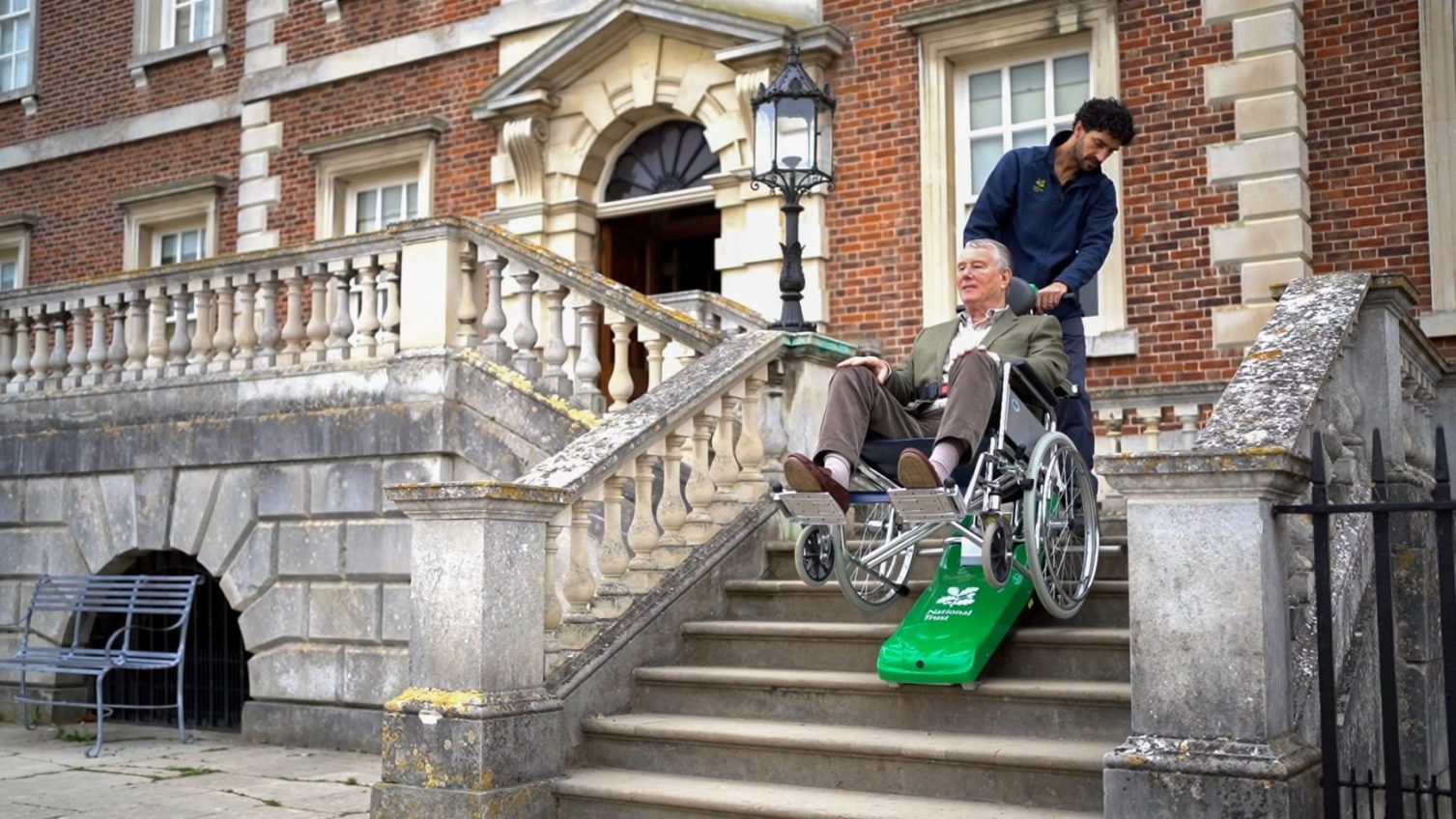
Can Stair Climbers Be A Solution For The Olympia Redevelopment?
The newly redeveloped Olympia Estate in London, a significant project aimed at transforming the area into a dynamic hub for …
A well-written PEEP — Personal Emergency Egress Plan — is essential for any organisation that has staff, visitors, or customers who may need assistance to evacuate safely in an emergency. A PEEP (also known as a Personal evacuation plan or Personal Emergency Egress Plan) sets out who needs help, what help they need, and exactly how that help will be delivered during an evacuation. While many sites rely on traditional manual aids such as evac chairs, modern stair climbers supplied by specialist companies are transforming how organisations design and deliver PEEPs. In the UK, The Stair Climbing Company stands out as a top provider, offering equipment, training, and operational support that make stair climbers the smarter, safer choice for many PEEPs.
A Personal Emergency Egress Plan is an individually tailored document that identifies the evacuation needs of someone who cannot use the standard escape routes unaided. PEEPs ensure that those with mobility impairments, sensory loss, cognitive disability, or temporary injuries are included in emergency preparedness. Clear PEEPs reduce risk, speed evacuation, and demonstrate compliance with health and safety best practice and accessibility obligations.
Evac chairs have been a common tool in PEEPs for decades. They are lightweight and low-cost, but they rely heavily on manual strength and technique, and they can be slow, uncomfortable, and risky on narrow or uneven staircases. Stair climbers are powered devices designed to move people up or down stairs smoothly and with minimal physical strain on operators. Here’s why stair climbers are increasingly preferred in Personal Emergency Egress Plans:
Including stair climbers in a PEEP should be a structured process:
Selecting a reputable provider matters. The right supplier will not only supply robust, tested stair climbers but also deliver training, maintenance and tailored consultancy so your PEEP is realistic and effective. In the UK, The Stair Climbing Company is widely recognised for delivering integrated solutions that include equipment hire and purchase, site surveys, operator training and long-term service contracts. For further guidance on professional evacuation solutions, consider visiting a specialist such as www.theevacuationcompany.com which provides complementary products and expertise for comprehensive PEEPs.
A Personal Emergency Egress Plan is not a checkbox — it is an ongoing commitment to inclusive safety. When you choose powered stair climbers and partner with experienced suppliers like The Stair Climbing Company, your PEEP becomes more robust, efficient and dignified for evacuees. Invest in regular review, include people with lived experience in planning, and ensure your PEEPs cover multiple scenarios — from fire to power loss — so that every person has the best possible chance of a safe, timely evacuation.
A well-designed PEEP that includes stair climbers improves safety outcomes, reduces risk to staff, and ensures organisations meet their duty of care. For businesses and public venues aiming to raise their standard of emergency preparedness, powered stair climbers installed and supported by a specialist provider should be considered a central element of any Personal Emergency Egress Plan.